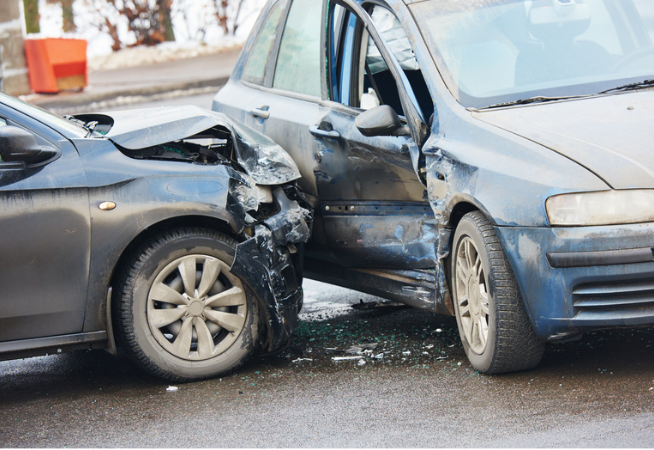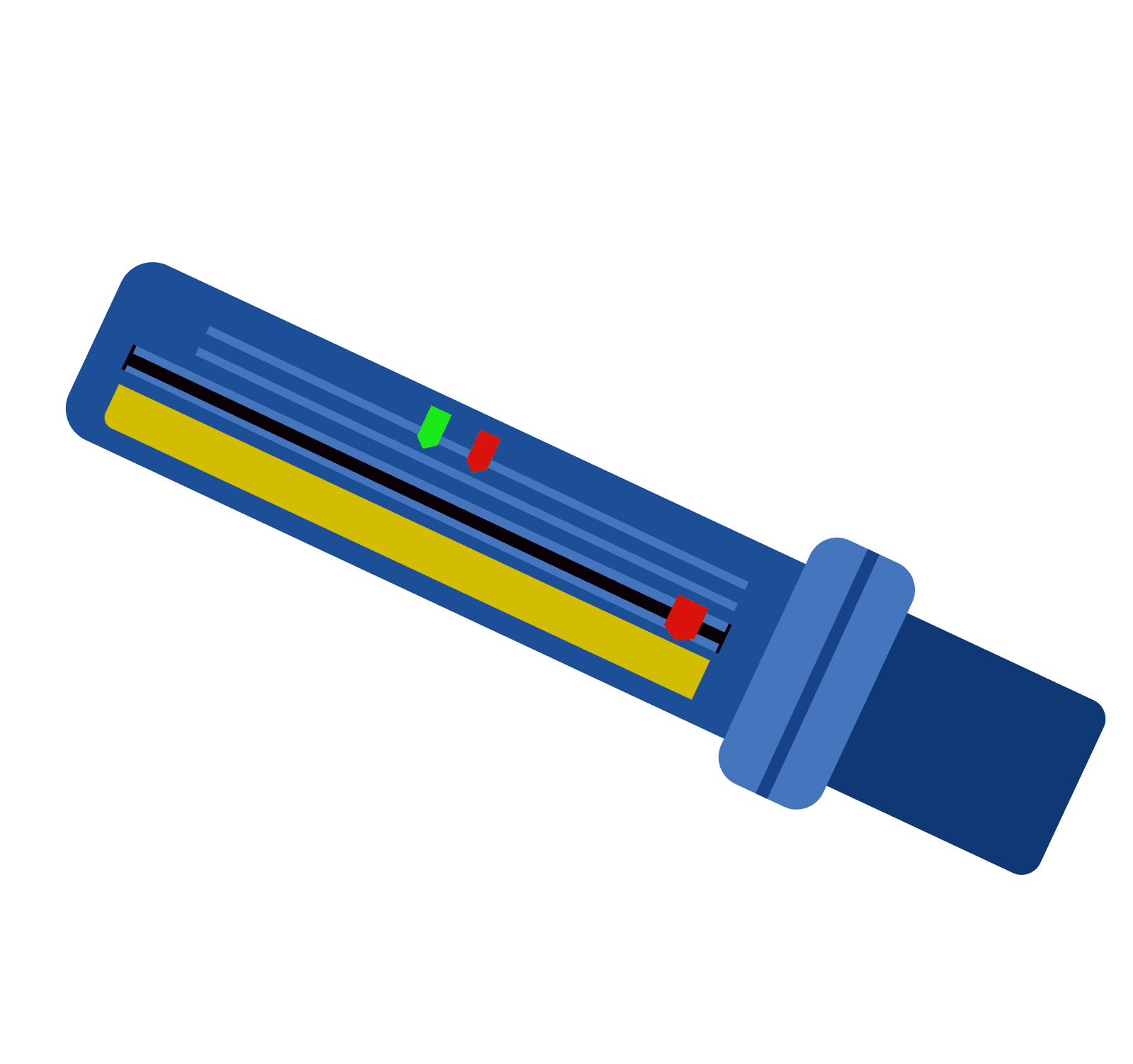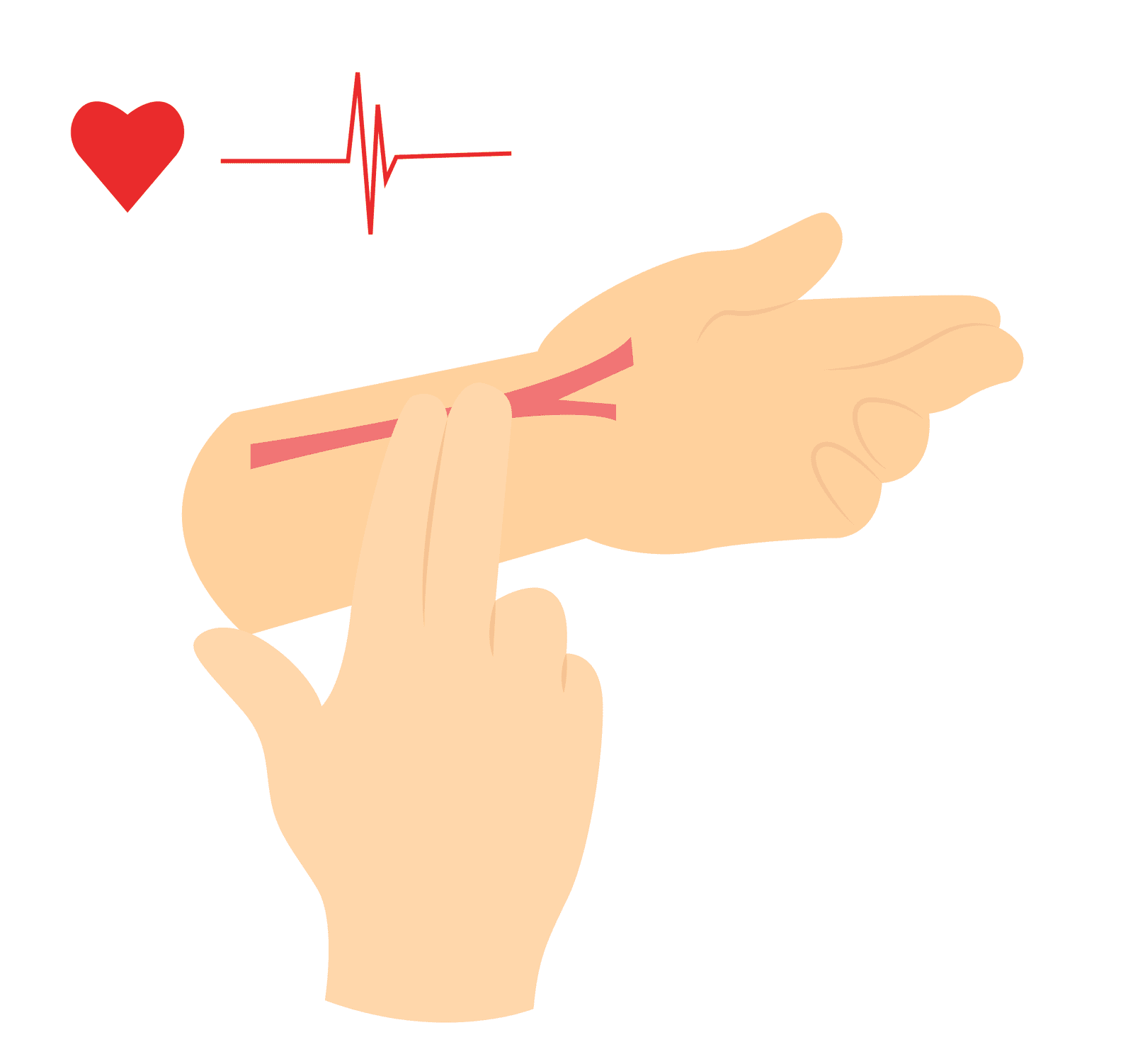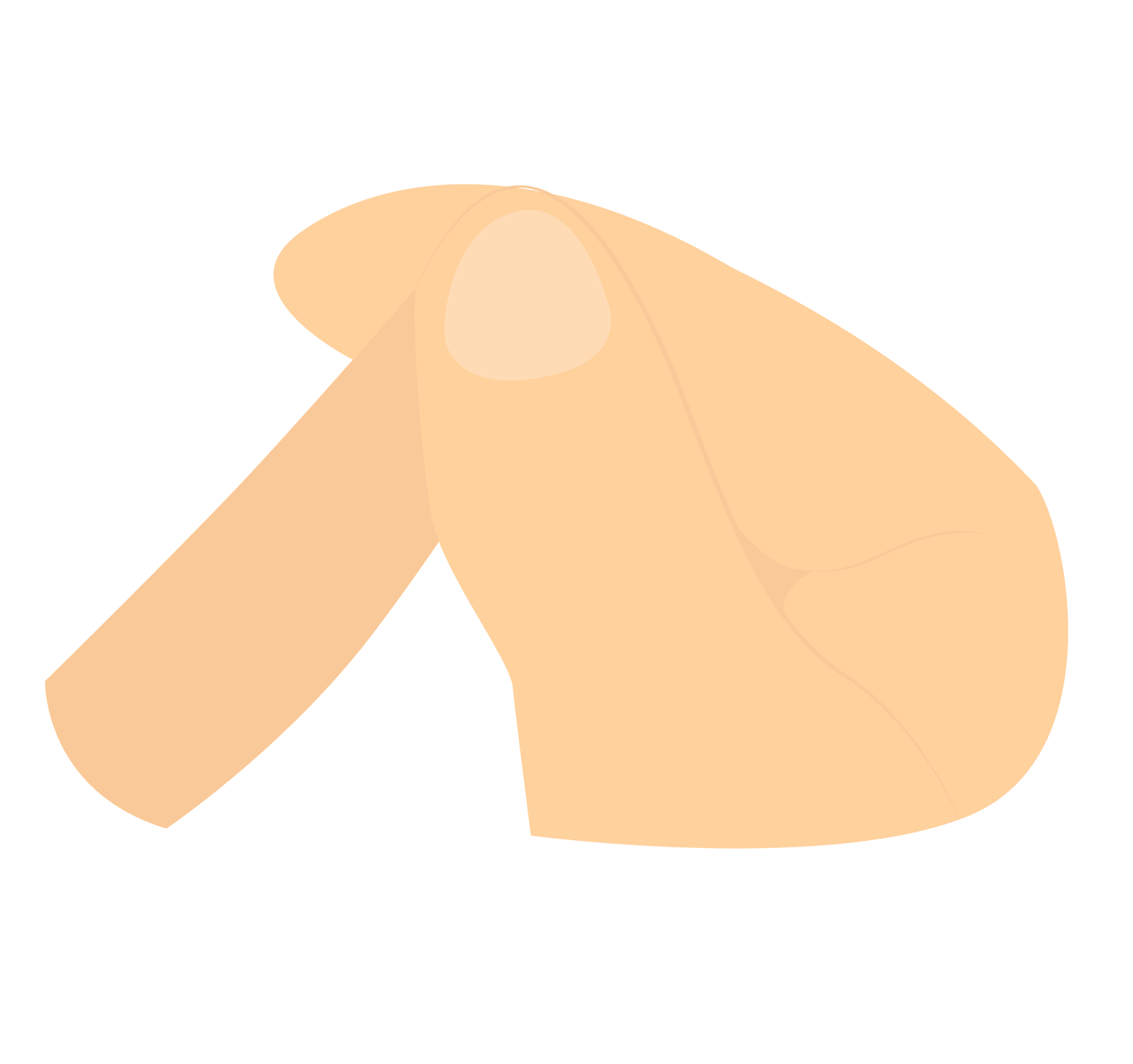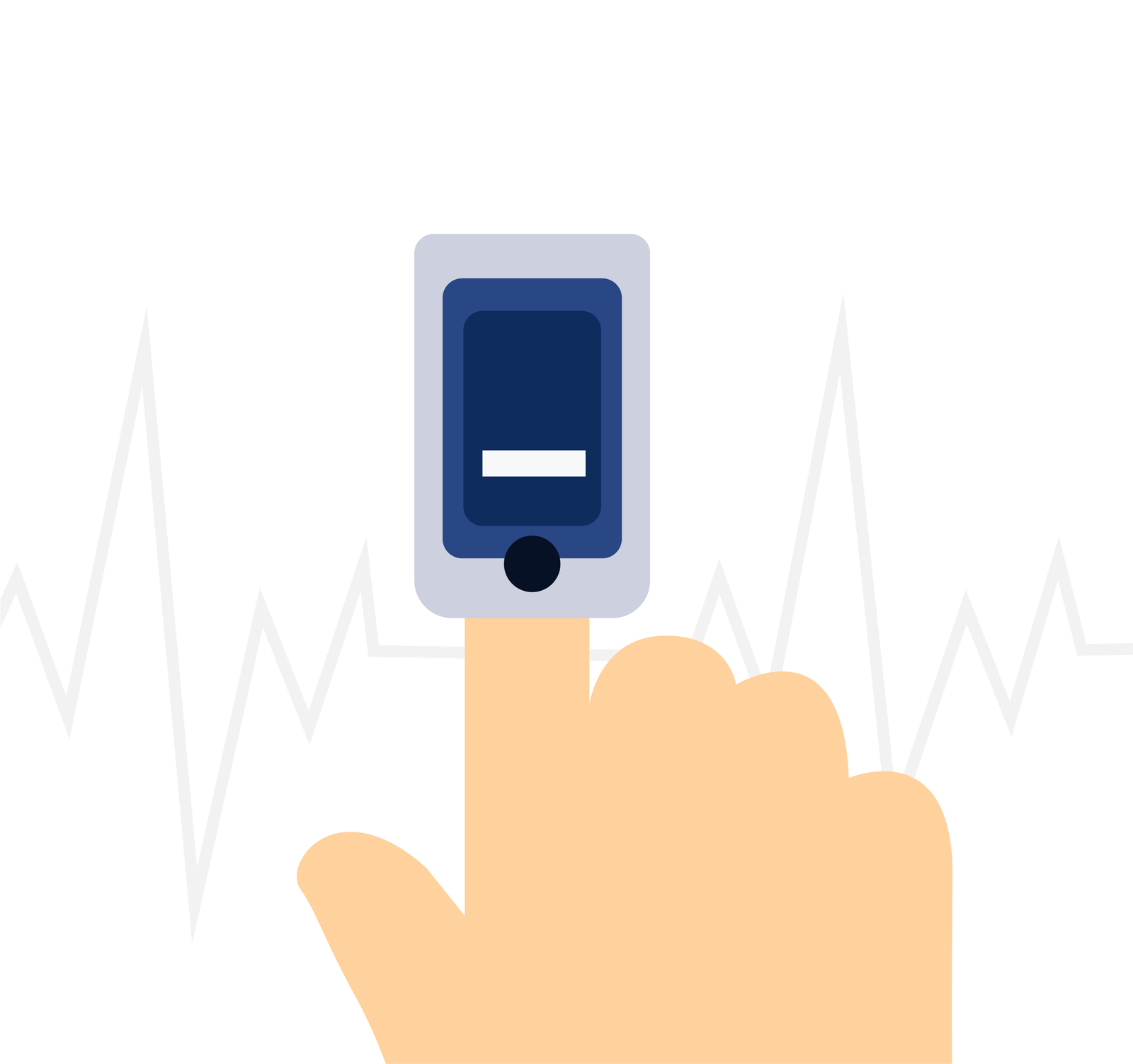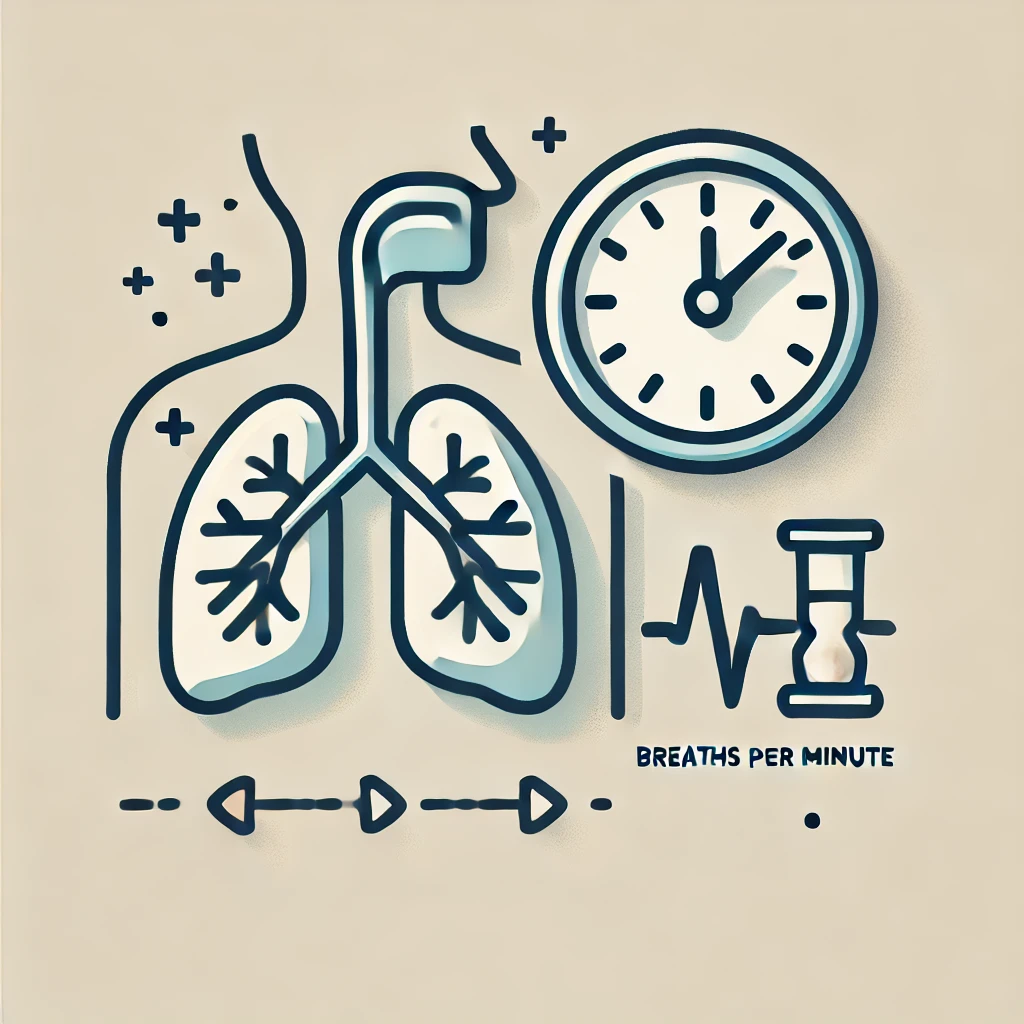DR(C)ABCDE
DR(C)ABCDE Procedure
The DR(C)ABCDE approach provides an essential framework for prehospital professionals that allows a systematic and comprehensive assessment to identify and address life-threatening conditions promptly.
What is DR(C)ABCDE?
Danger
Response
Catastrophic Haemorrhage
Airway
Breathing
Circulation
Disability
Exposure / Evaluate
The structure approach can allow interventions to be delivered promptly, ultimately improving patient outcomes, and increasing the chances of survival.
Helpful Tips
If unsure on how to manage a sick patient, follow the DR(C)ABCDE algorithm which can prompt the healthcare professional on interventions.
Treat problems as you go through the algorithm.
Make use of continuous monitoring and reassess regularly and after each intervention.
Document your assessment but this should not delay clinical assessment or interventions.
D – Danger
The first step when arriving at scene, contact with the patient or any new situation requires a danger assessment. This step ensure the safety of both the professional and patient. Mnemonics such as SCENE and SAFE can be used to carry out the danger assessment. Read more on scene safety here.
R – Response
The ACVPU assessment should be utilised to assess the patient’s responsiveness. If unresponsive, then signs of life need to be checked (breathing, pulse). If no signs of life, start resuscitation protocol. See more on ACVPU here.
(C) – Catastrophic Haemorrhage
Uncontrolled bleeding can rapidly lead to life-threatening conditions. It can prove fatal in as little as three to five minutes if the bleeding is not stemmed.
Inspection for any catastrophic bleeding along with consideration of Mechanism of Injury (MOI) should allow the professional to identify any bleeding. Applying direct pressure, using tourniquets, or employing haemostatic agents can effectively control bleeding and stabilise the patient’s condition.
Read more on assessment and management of catastrophic haemorrhage here.
A – Airway
This step assesses the patient’s airway for any obstructions or compromise. If the patient can talk, their airway is patent and can move on in the algorithm.
If the patient is unable to talk, look for signs of airway compromise:
- Cyanosis
- Use of accessory muscles, flaring nostrils, retraction of chest wall.
- Added breath sounds (wheeze, stridor, gurgling, rasping sounds).
- Diminished or absent breath sounds.
- See-saw breathing.
- Agitation or restlessness.
- Decreased levels of consciousness, disorientation, confusion.
- Inability to cough effectively.
If airway issues have been found, then you can not move on in the algorithm until these have been fixed. Often, some basic airway manoeuvres can help correct airway issues.
Head-tilt chin-lift, jaw thrust, oropharyngeal, nasopharyngeal, and supraglottic airways can be used to fix issues.
Ensure to reassess after any interventions.
B – Breathing
This involves assessing the respiratory rate, depth, and efficacy which allows any abnormalities such as inadequate ventilation or suspected tension pneumothorax to be found.
Two mnemonics, FLAPS and TWELVE can help with the breathing assessment and more information on breathing assessment can be found here.
Again, if any interventions are needed these need to be given before moving on. If short of breath, they should be encouraged to sit upright to aid inspiration.
Oxygen should be administered on all sick patients during initial assessment, regardless of oxygen saturations. This can then be titrated based on oxygen saturations. Read more about Oxygen here.
If acute asthma or COPD exacerbation has been identified other interventions such as nebulisers should be used
Other interventions should also be carried out if problems have been found such as a needle decompression if tension pneumothorax is suspected and patient is haemodynamically unstable.
C – Circulation
Assessing the circulation can identify signs of shock or inadequate perfusion.
Initially a pulse (radial/carotid), capillary refill and temperatures should be taken. Assessment for blood on the floor and 4 more (Chest, Abdomen, Pelvis, Long Bones) should also be carried out.
Additionally, further assessments can be taken such as blood pressure, other pulse sites, Juglar venous pressure, ECGs, and heart auscultation.
If problems have been identified, interventions are needed. At least one intravenous cannula should be inserted.
If hypovolemia has been identified fluid resuscitation is needed. See here for more information on fluid resuscitation here.
Acute coronary syndrome (ACS) also needs prompt interventions such as pain relief, aspirin, nitrates, clopidogrel, and oxygen.
Sepsis also needs prompt management, read more here about sepsis management here.
D – Disability
ACVPU should be reassessed again here. Pupils, capillary blood glucose, ketone levels should also be checked.
Check out the basic observation section to see how to carry out these observations.
In opioid toxicity, naloxone should be considered. Hypoglycaemia management requires the administration of glucose and DKA the administration of intravenous fluids.
E – Exposure / Evaluate
This step may not be required on all patients depending upon the presenting complaint. However, exposure can allow identification of injuries that may have been obscured.
Inspection of the skin for rashes, bruising, infections, haematoma etc. should be carried out along with reviewing patient’s body temperature.
Evaluation of each stage should have been carried out but a full re-assessment should now be carried out to identify any changes
Key Points
- Follow the structure of DR(C)ABCDE to allow assessment and management of life-threatening emergencies.
- The acronym stands for Danger, Response, Catastrophic bleeding, Airway, Breathing, Circulation, Disability, and Exposure.
- Do not move on in the algorithm if a problem has been identified and intervention is required.
- Continuously reassess the patient’s condition throughout the algorithm and after any interventions.
Bibliography
Halliwell, D. (2011, July 1). The revision of the primary survey: a 2011 review. Journal of Paramedic Practice. https://www.paramedicpractice.com/features/article/the-revision-of-the-primary-survey-a-2011-review
Resuscitation Council UK. (2021). The ABCDE approach. Resuscitation Council UK; resuscitation council UK. https://www.resus.org.uk/library/abcde-approach

